Last Ukiyoe -inheritors of ukiyo-e
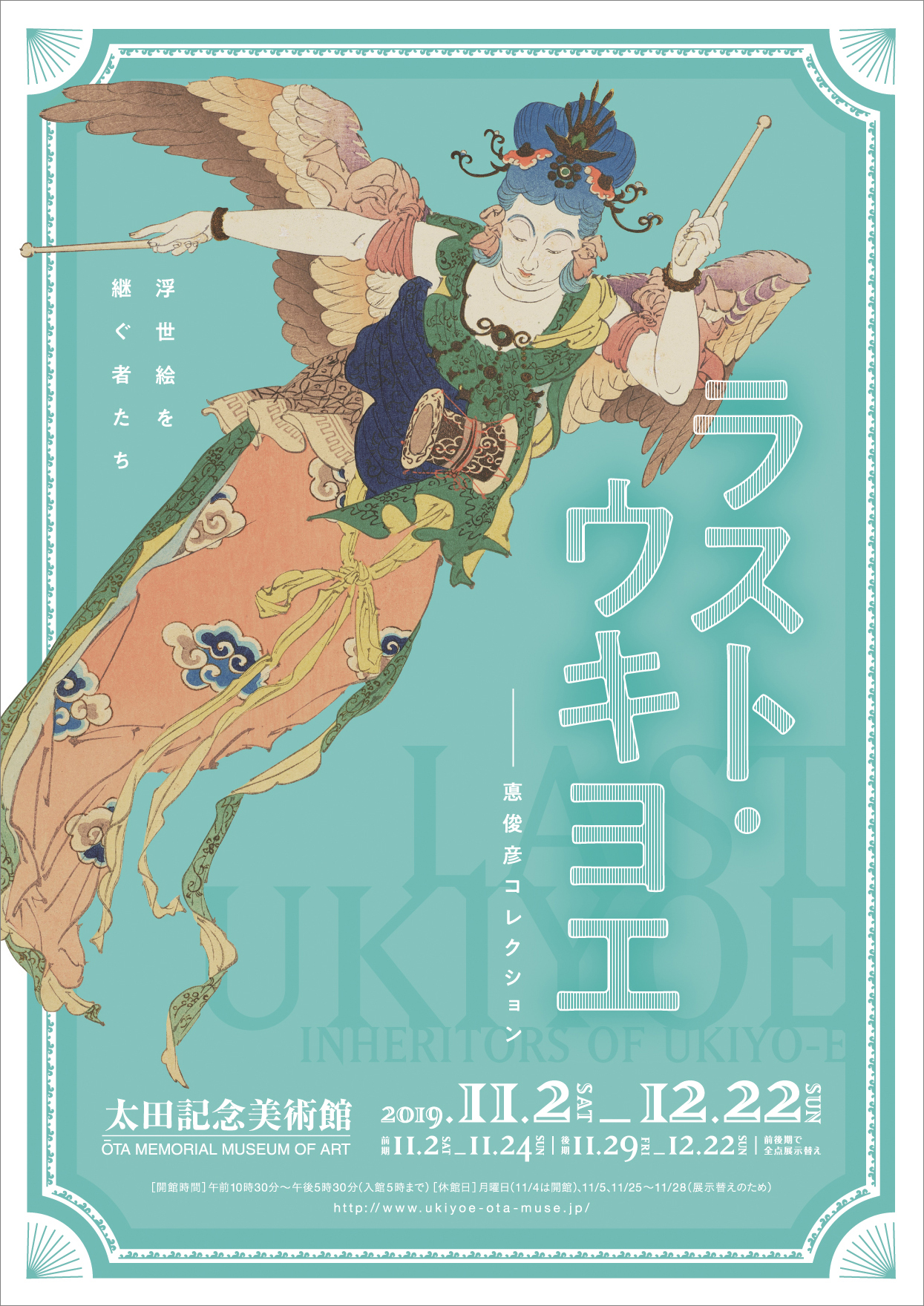
Discovering the ukiyo-e of the Meiji period lost in history
Many people understand ukiyo-e as a culture of the Edo period. However, ukiyo-e was continuously produced until the end of the Meiji period, in the beginning of the 20th century. Since their artistic value are disregarded, they are rarely introduced in museums today. This exhibition will discover 220 pieces of ukiyo-e from the Meiji period lost in history, from the collection of a painter and ukiyo-e collector, Isao Toshihiko.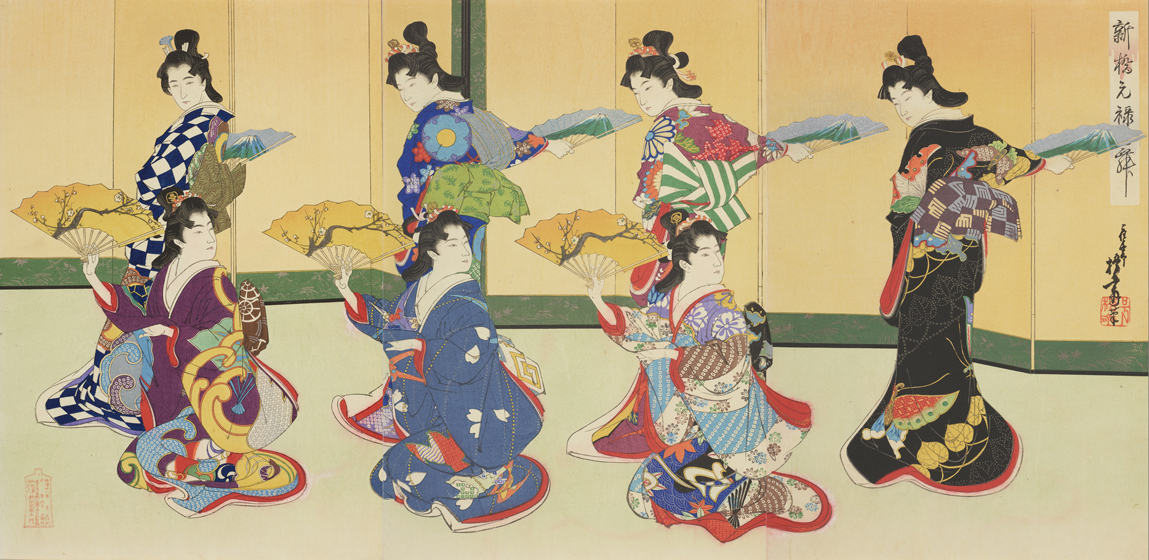
Migita Toshihide “Genroku-style Dance at Shinbashi” (second term)
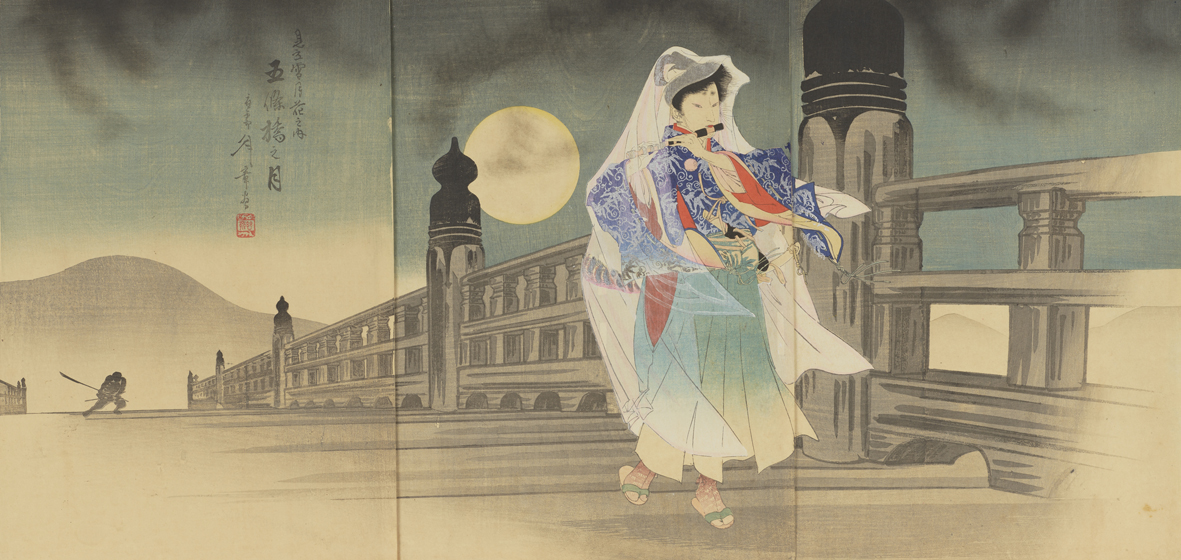
Nakazawa Toshiaki “Snow, the Moon and Flowers: Moon at Gojo Bridge” (first term)
Exploring the talent of 37 last ukiyo-e artists
Artists in the Meiji period such as Tsukioka Yoshitoshi and Kobayashi Kiyochika are often referred to as the last ukiyo-e artists. However, there were many artists after them in the following generation, striving to establish a new style during changing times. We will introduce the “Last Ukiyo-e” drawn by 37 artists such as Utagawa YoshimuneⅡ, Migita Toshihide, Mizuno Toshikata, Yōshū Chikanobu, Ogata Gekkō, Yamamoto Shōun and Miyagawa Shuntei, whose works were rarely presented until now.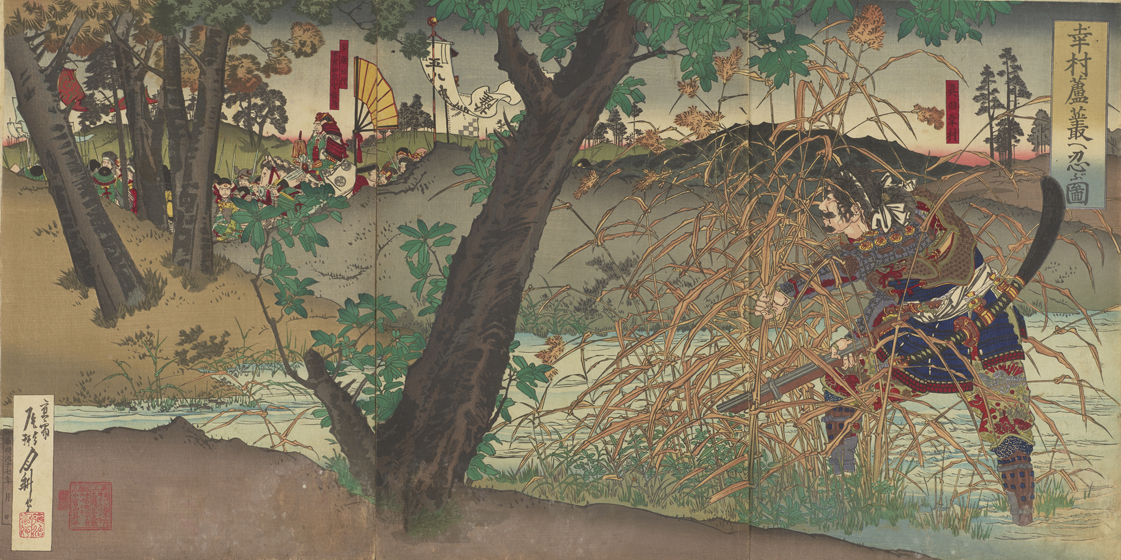
Ogata Gekkō “Picture of Sanada Yukimura Hiding Himself in the Reeds” (second term)
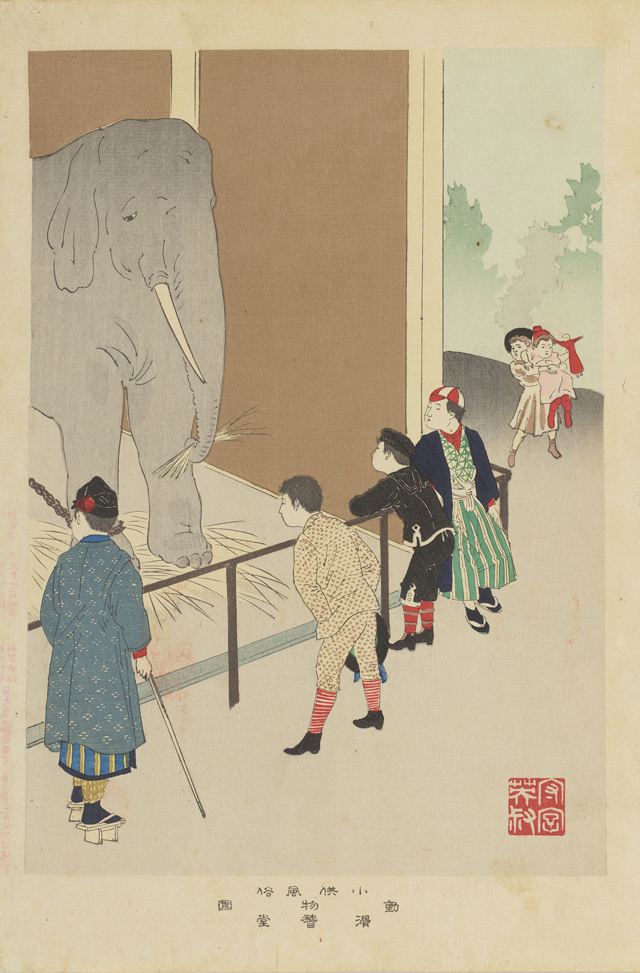
Miyagawa Shuntei “Various Aspects of Children: Zoo” (second term)
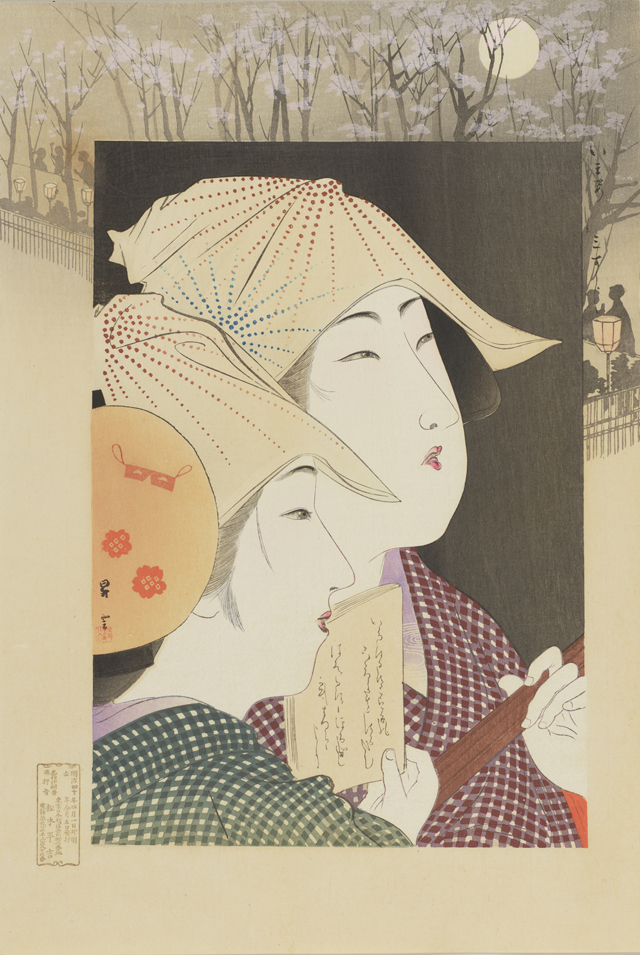
Yamamoto Shōun “Contemporary Figures: Shamisen (Japanese instrument)” (first term)
Pictures of beautiful women and the warriors with new painting styles
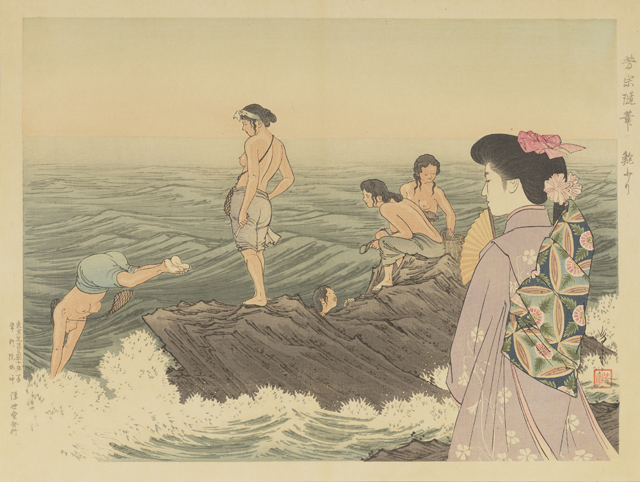
Utagawa Yoshimune Ⅱ “Sketches by Yoshimune: Abalone Gathering” (second term)

Ogata Gekkō “Bitter Melons and a Dragon-fly” (first term)
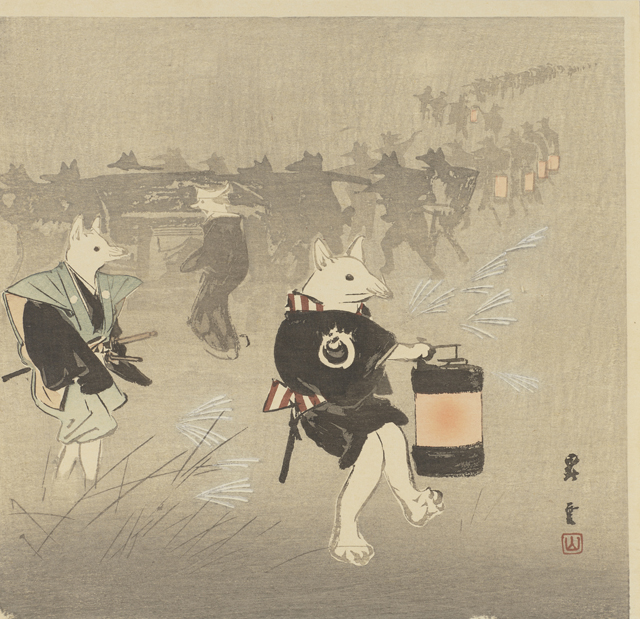
Yamamoto Shōun “Fox’s Wedding” (second term)
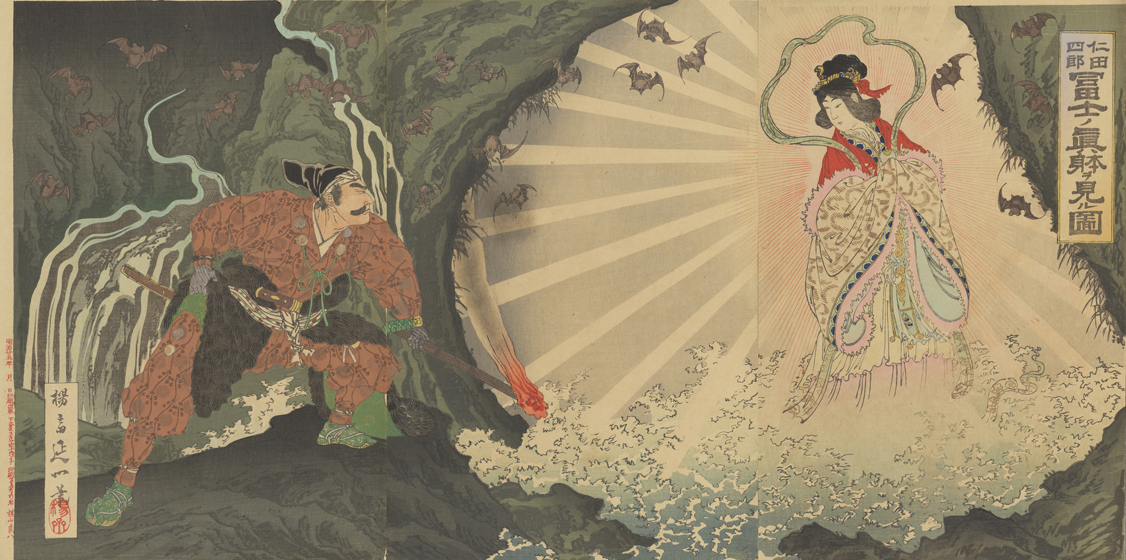
Yōsai Nobukazu “Nitta Shirō Watching the God of Mt. Fuji” (first term)
Developing a deep understanding of the history of ukiyo-e “Autumn fest of the Utagawa School”
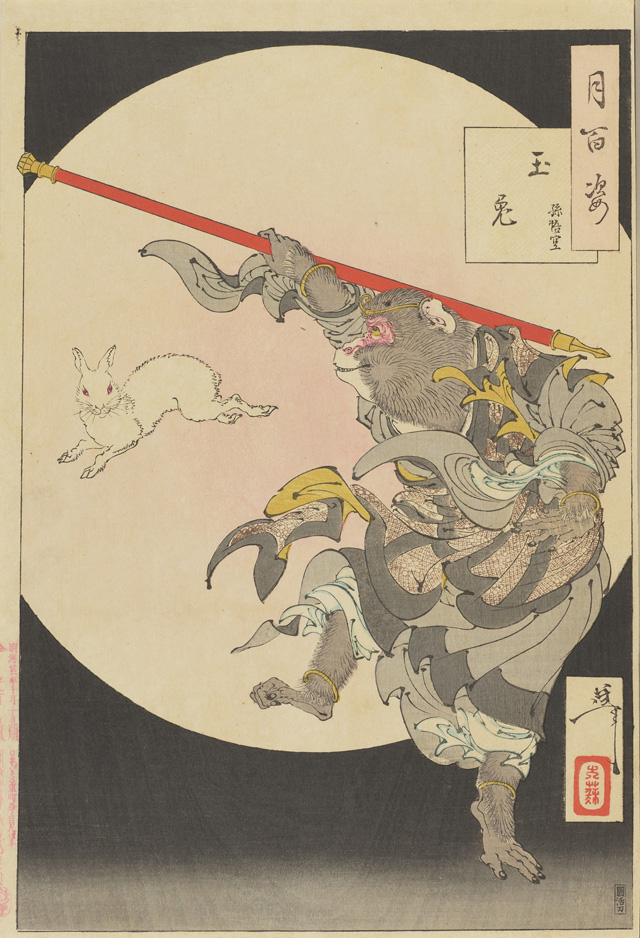
Tukioka Yoshitoshi “One Hundred Views of the Moon: Moon on Hazy-night: Jade Rabbit and Sun Wukong” (second term)
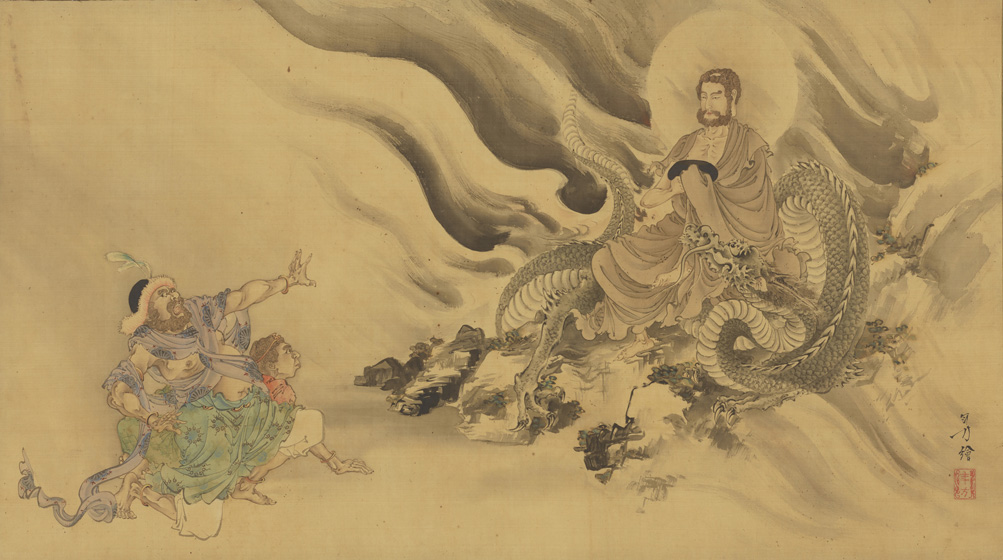
Mizuno Toshikata “Arhat, Nakasaina-sonja” (first term)
Highlight of the exhibition
Migita Toshihide “Sketches by Toshihide: Hagoromo” (first term)
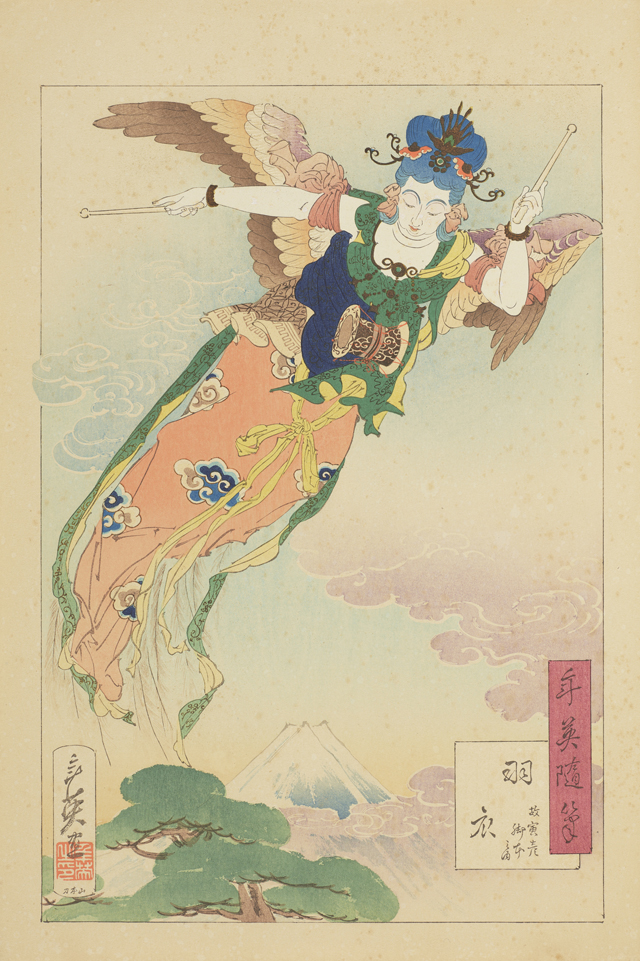
Admission
| Adult | 1000 yen |
|---|---|
| University and High school students | 700 yen |
| Junior High School Students and below | Free |
Calendar
-
-
-
-
2019 November
SUN MON TUE WED THU FRI SAT 1 2 3 4 5 6 7 8 9 10 11 12 13 14 15 16 17 18 19 20 21 22 23 24 25 26 27 28 29 30 -
2019 December
SUN MON TUE WED THU FRI SAT 1 2 3 4 5 6 7 8 9 10 11 12 13 14 15 16 17 18 19 20 21 22 23 24 25 26 27 28 29 30 31
-
-
-
